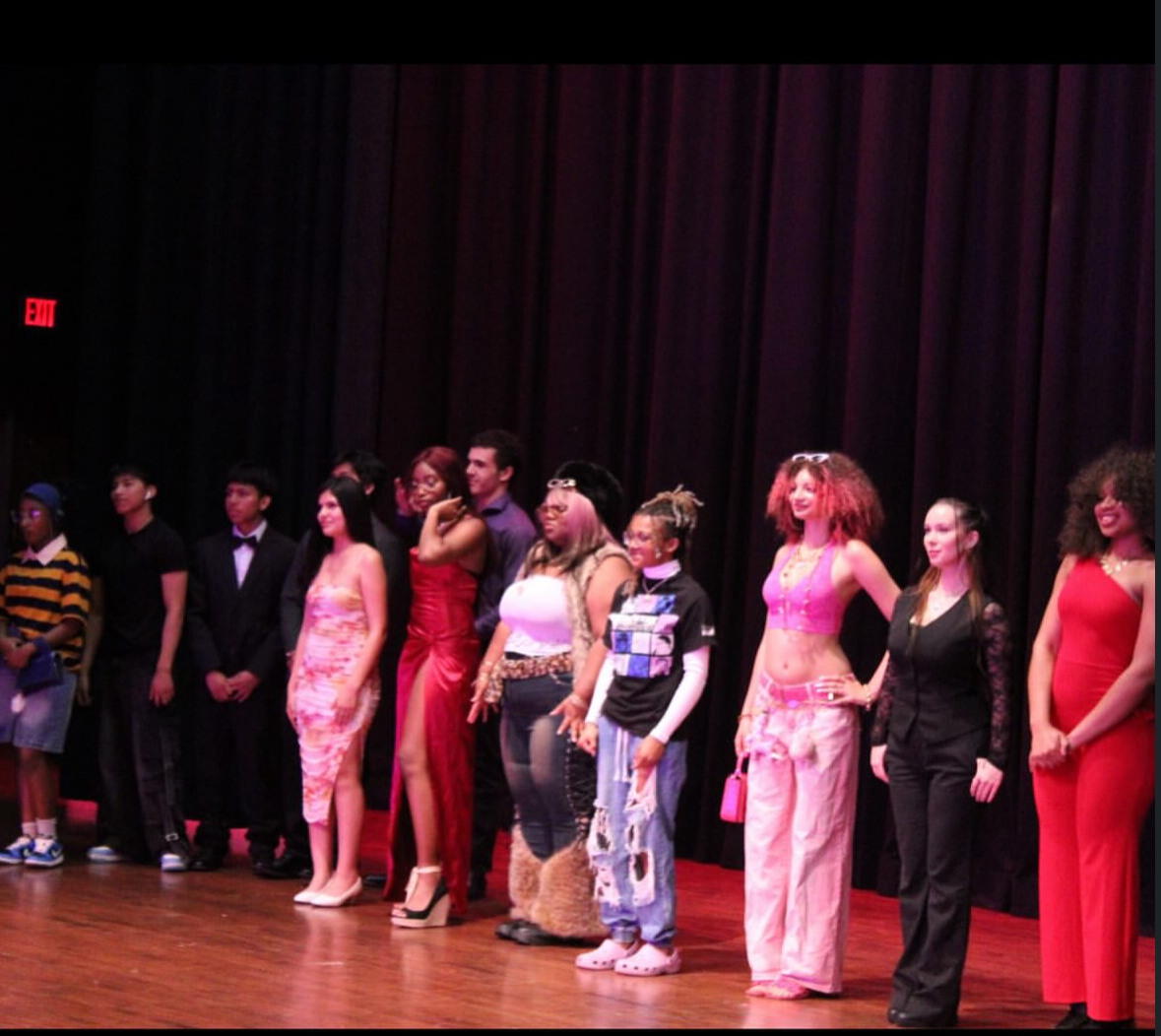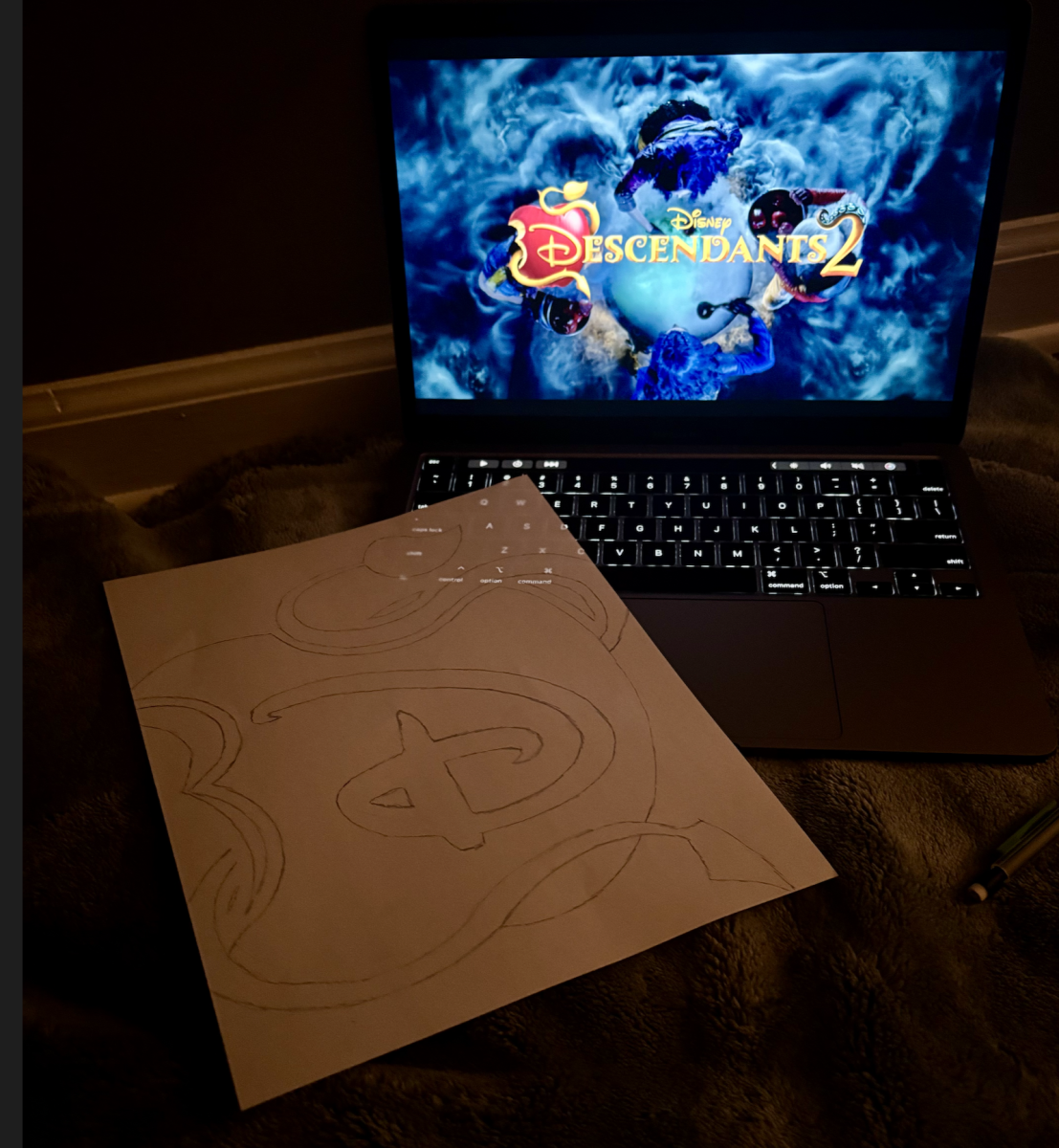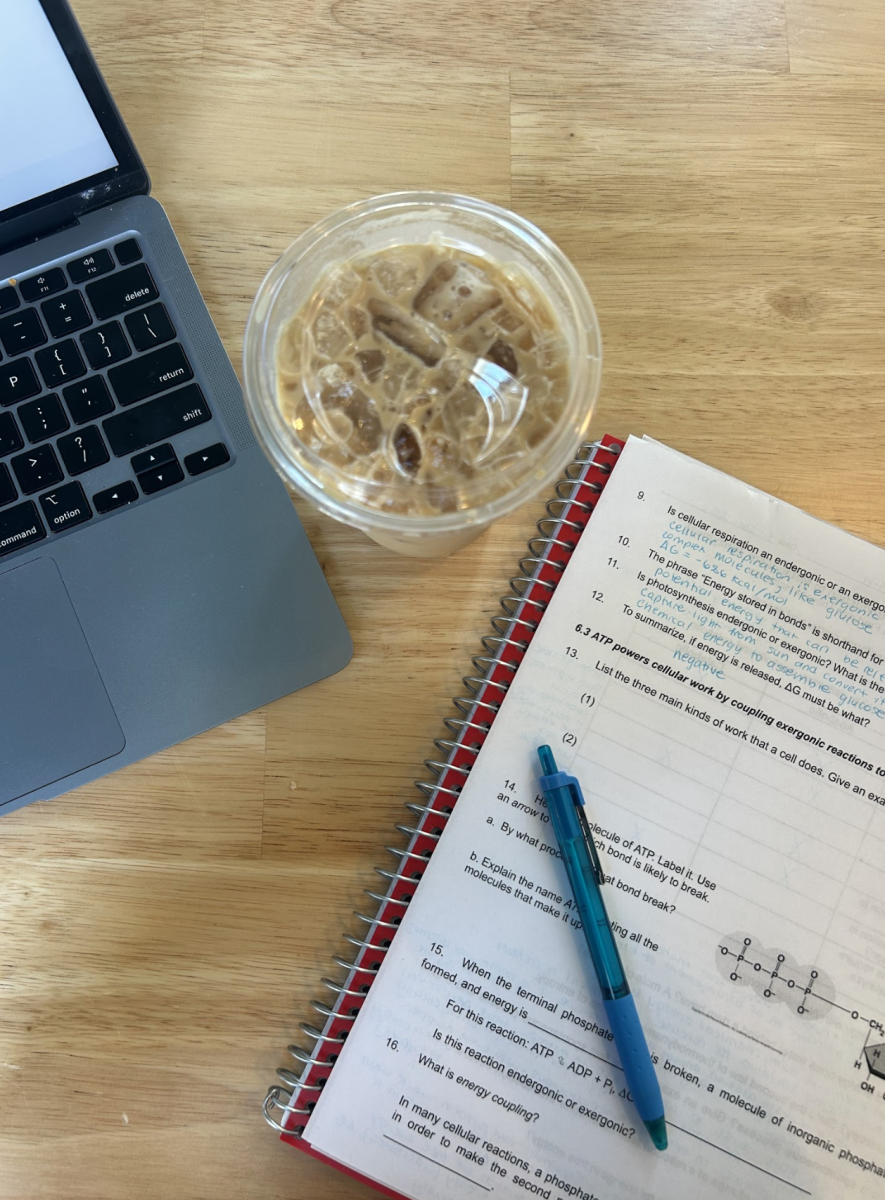African Americans Forgotten in History: Bessie Coleman
February 28, 2022
Bessie Coleman was famously known as the first African American woman of Native American descent to hold a pilot’s license. Coleman was born on January 28, 1982 in Atlanta, Texas, a place know for it’s harsh discriminatory nature.
In 1901, Coleman’s father moved to Oakland, hoping to escape the discrimination their family was facing in Texas. Her Mother stayed behind with the family and together they picked cotton to raise extra money.
By the time Coleman turned 18, she had saved up enough money to go to what is now named Langston University.
When Coleman was older, she moved to Chicago with her older brothers, hoping to finally excel in a career path of her choice. However, she was largely discriminated against for being a woman of color and struggled to succeed.
After World War I, soldiers returned back to Chicago to tell all about their experiences in flying, piquing Coleman’s interest. She went around to every flying school in the area, but they all denied her because of her gender, race, or both.
Robert Abott, one of the first African American millionaires and philanthropists, suggested she go to France to learn how to fly. Coleman learned French at a Berlitz school and in 1920, she set off to France with the savings she already had and an investment from Abbott.
Coleman was the only student of color in her class. She was taught in a 27-foot biplane that often failed while flying. At one point, she even witnessed a plane crash that killed one of her classmates. Nonetheless, she kept working and after seven months, she achieved her goal of being a pilot, graduating June 15, 1921.
Coleman returned back to the U.S. in 1921 and was met with many awards and applause for being the first woman of her race to fly.
She was given the nickname Brave Bessie, Queen Bess, and The Only Race Aviatrix in the World. She was famous for her loop-the-loops and her figure-eights. She was constantly touring the U.S. and Europe and gave lessons to many African American women.
In February of 1923, Coleman had her first crash where her plane suddenly stopped working and she fell out of the sky. Surprisingly, she only suffered from a broken leg and a few cracked ribs and was able to recover.
She performed at many air shows and made it a point to never perform at events that wouldn’t let black people in.
After the crash, she saved up enough money and bought her own plane to perform at a new air show in Texas. The stadium she was going to perform at continued to segregate the entrances, so she refused to attend. The stadium agreed to come to the negotiation table and soon the show was unsegregated. People applauded her for sticking up for what she believed in.
On April 30, 1926, Coleman took her last flight in preparation for an air show. Coleman and her mechanic, William Wills, were practicing for a show when a loose wrench got stuck in the gears. This prevented Wills from steering the plane and caused the plane to flip upside down. Coleman wasn’t buckled down and her plane had no roof. She fell out of the plane, dying on impact. Wills flew the plane a few more feet until it crashed and he died as well.
Around 10,000 people showed up to her funeral. After her death, a group of African American women pilots founded the “Bessie Coleman Aviators Club.” In 1992, the Chicago City Council requested that the U.S. Postal Service make Bessie Coleman stamps. Today, she is known as a pioneer in the field of aviation.










